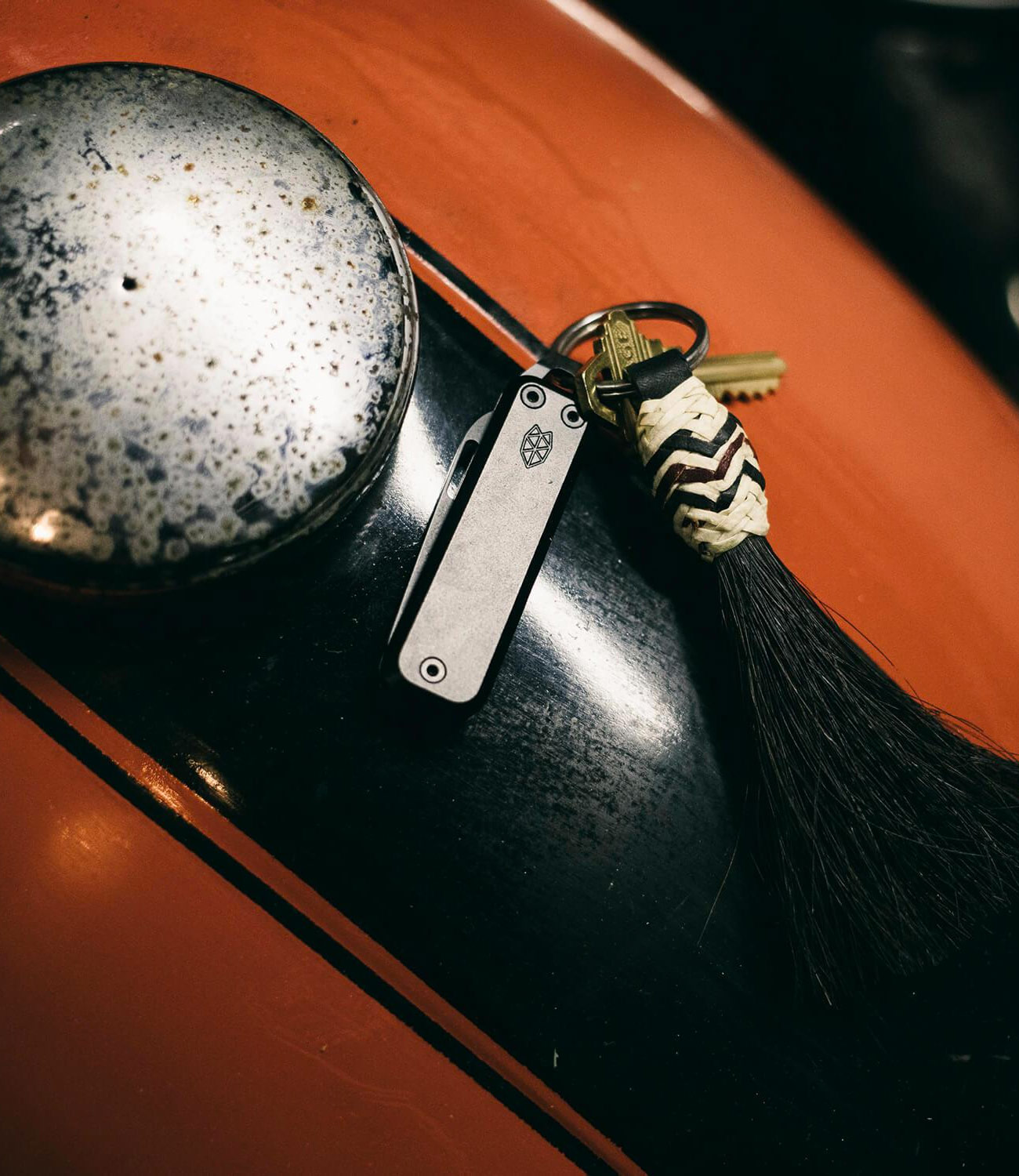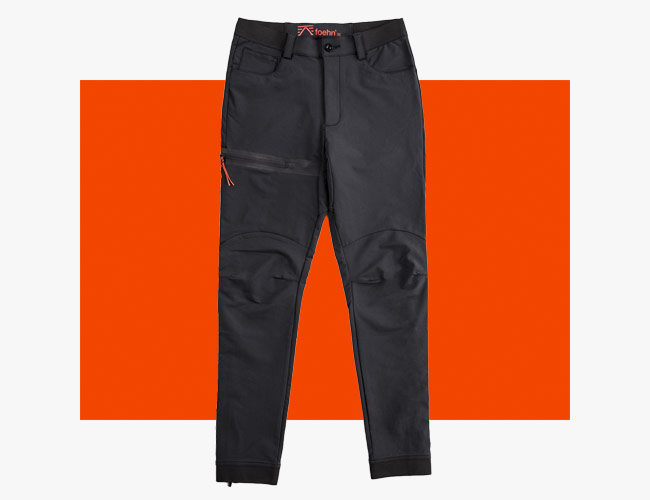I still remember the first knife I ever owned: it was a medium-sized Swiss Army Knife, made by Victorinox, called the Sportsman and it was given to me by my father. I had waited expectantly for that day ever since my brother received his first knife, a Leatherman, and was admittedly slightly disappointed when I saw my new possession’s size in comparison to what he had been given. I was confused; did my father think me unfit to handle a bigger blade? Maybe it had something to do with my brother lopping off the top of his finger while whittling a wine cork.
I didn’t have much use for a knife back then. The Sportsman’s tweezers saw more use than the knife blade, and I was thoroughly addled by the spiral tool affixed to one corner (a wine corkscrew). The knife spent most of its life in a drawer.
Years later, I recognized a need to carry a knife on a regular basis and stopped in at an REI while passing through Salt Lake City on my way from one coast to the other. I bought Gerber’s serrated Fast Draw, which, with a three-inch blade, isn’t a big knife by any means, but an upgrade over the Swiss Army nonetheless (and more formidable with a spring-loaded, assisted-opening mechanism). That knife became my daily companion, tasked with everything from opening letters at home to splitting pineapples on Costa Rica’s Sarapiqui river.
Jump ahead a handful of years, and I’m living in New York City, where an outdated law bans all “gravity knives” — folding knives that can be opened with inertia, like the flick of a wrist — as well as assisted opening switchblades, and my Gerber suddenly became quite illegal. I was forced to abandon it and search for a stand-in to fill the deep void it left.
When I stumbled across the James Brand’s Elko, memories of the Sportsman immediately brought forth preconceived ideas about the inadequacy of small pocket knives. Closed, the Elko is the size of a USB stick. Open, it’s just over 4.3 inches, shorter than a standard pen. Not useful enough, I thought, keep looking.

Then, a few weeks later, I interviewed Ryan Coulter, the James Brand’s founder, about the design principles guiding the company’s aesthetic. He talked about minimalism, and a focus on quality, not quantity. And he used the Elko as a benchmark: “In some ways, it’s maybe the best example of modern minimal everyday carry that we’ve ever pulled off,” Coulter told me. “We really believe in this idea that the best knife for you is the one that you actually have with you. So the idea of having a knife that could go with your keys, that you can basically never forget, is a really important idea for us.”
I was convinced. An Elko — silver handle, stainless steel blade — has been affixed to my keyring in the months since. Its 1.7-inch blade is Sandvik 12C27 steel, which is hard, corrosion-resistant and features a one-of-a-kind drop-point shape designed specifically for maxing out effectiveness with the smallest possible profile. Even the keyring loop on the Elko’s butt is designed for prying, scraping, twisting screws and opening bottles.
In fact, the best thing about the Elko is its size. No other knife, including the Sportsman, has ever gone as unnoticed in my pocket with my wallet and keys. It’s the type of item I forget about completely until the moment when I need it — a validation of good design in any product.
When I do move to a place with less antiquated knife laws, I’m not sure my old Gerber will find its way out of storage; it’ll sit in a drawer, next to the Sportsman, while the Elko stays attached to the keyring in my pocket.
Excerpt of next up story. Read the Story





